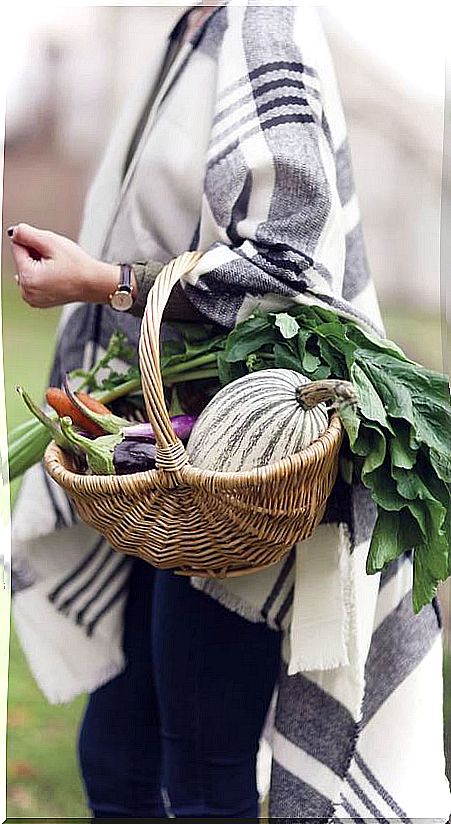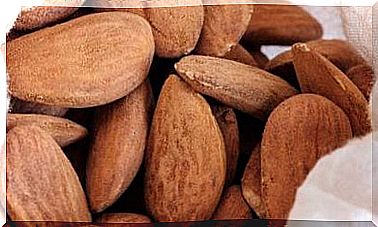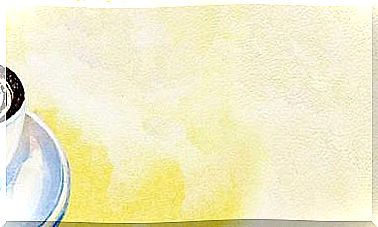Winter Flowers And Plants That Resist The Cold
Although it is cold, the plants in the garden or on the balcony still bear fruit and flowers. Now is the time to take care of them and prepare for the arrival of spring.

In winter the variety of vegetables and flowering plants decreases, but that does not mean that it is an unproductive season.
It is time to prepare the garden, the garden or the balcony plants to receive the next spring. Also, you can continue to enjoy to the maximum the outside with these flowers and plants winter.
Flowers and plants that tolerate cold well
You can continue to enjoy the outdoors to the fullest with these winter flowers and plants:
- Viburnum tinus: an evergreen shrub that bears flowers all winter and also in spring.
- Pyracantha – A vine that bears very decorative red or orange berries in winter and blooms in spring.
- Hawthorn: a thorny ornamental shrub that bears very fragrant flowers. It is excellent for hedges and requires a lot of sun.
- Senecio mikanoides – A winter-flowering perennial climber with fleshy stems.
- Aloe arborescens: provides orange flowers and is medicinal.
What to plant in winter in your home garden
If you have a garden at home, now is the time to plant the following vegetables. They are also very healthy foods that will load your pantry with essential nutrients:
- Winter wonder lettuce. With fleshy leaves between dark green and purple. It grows slowly in winter and tolerates low temperatures well. (It should be planted in January).
- Col of Milan. Popularly known as cabbage. It has rough, tender, cupped leaves and a pleasant flavor. It can be eaten raw and also cooked. (It should be planted in January).
- Leeks They resist the cold and winter humidity well, giving us an extra flavor and nutrients during the less hot months of the year. (It should be planted in January).
- Navel orange. It is undoubtedly one of the tastiest and most resistant. From January it begins to be sweet enough and is in season until spring. (It should be planted in January).
- Spinach. You can either harvest the larger plants whole or progressively cut back the well-formed outer leaves. (They should be planted in February).
- Broad-leaved endive. It is a large endive and less bitter. Consume its internal leaves fresh and the external ones, stewed. (It should be planted in February).
- Carrots One of the healthiest and most nutritious vegetables in the garden. Sow from January in warmer areas and from March to April in cold areas. (It should be planted in February).
- Purple cauliflower. Cauliflower variety that contains more vitamins and polyphenols than white cauliflower and is well resistant to low temperatures. (It should be planted in February).
- Artichokes Placing a wooden stake in the stem just below the artichokes tends to thicken and reach the size for roasting on the embers. (They should be planted in March).
- Broad beans. The most tender can be consumed directly raw and in an omelette, and the largest, in stews along with other vegetables. (They should be planted in March).
- Beets A very remineralizing vegetable. Sow them in February-March in a protected seedbed (outdoors, from April) and harvest after two months. (They should be planted in March).
- Broccoli They are one of the crucifers with more glucosilonates and other nutritional and therapeutic substances. It is convenient to consume them on a regular basis. (They should be planted in March).
Caring for your home garden in winter
At the end of the season it is time to reorder. What tasks should not forget if you have a garden at home?
- Collect cabbages and fruits as precious as oranges.
- Cut back vigorously growing plants that have invaded your neighbors’ space.
- Eradicate persistent adventitious plants such as grass or sarsaparilla that have crept into flower beds or pots.
- Take the opportunity to replace the padding and soften the earth.
- Also check that the areas where you have planted bulbs are still marked to avoid damaging them.









